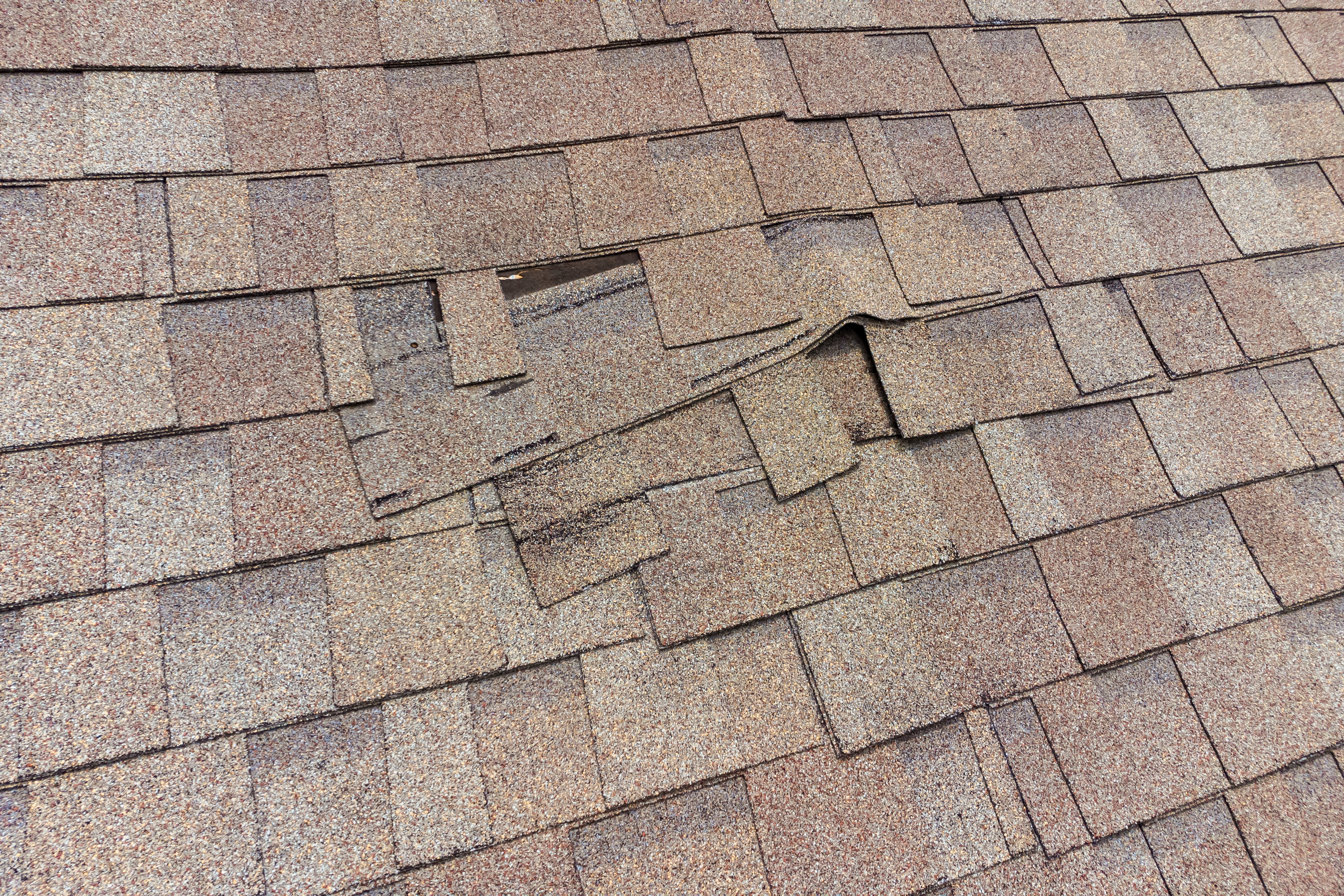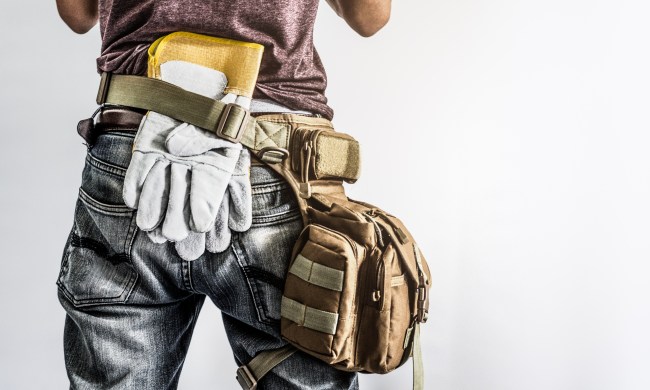Roofs are designed to shield a building’s interior from the elements, storms, and weather fluctuations. Nevertheless, a roof can sustain damage or deterioration that can cause parts of the roof to leak.
When a leak goes unnoticed for too long, it can cause long-term damage to the roof, walls, and structure. For areas with more extensive damage, it’s a recommendation to contact a professional to have the damage appropriately assessed and possibly get the insurance company involved.
If the leaking roof is a smaller issue, many people can temporarily repair it themselves. A leaky roof doesn’t have to be a hefty task if you’re fixing it yourself, and this guide will give you tips on how to fix a roof leak temporarily and efficiently.

Inspect the damage inside
Inspecting the damage to the roof is crucial to do before you take the steps to fix a roof leak. If your home has an accessible attic, start by looking for the source of the leak there. Depending on the roof pitch and the location of where the leak first appeared on the ceiling, where it entered the roof is more than likely in different sections.
If the attic rafter bay sections are insulated, inspect the insulation areas for moisture. Use a flashlight to shine it on surfaces to locate any spot that appears to be wet or shiny. It’s essential to also check the areas on the underside of the roof sheathing or rafters for damage. If the leak location is less recent, wood can appear rotten or have darker colored mold growing in the leaking area.
Investigate the damage on the exterior
Once you pinpoint the location of the roof leak, use a ladder to inspect the exterior damage further. The issue could potentially be from missing or torn shingles or exposed fasteners. When investigating the exterior for any roofing damage, make sure to check the flashing around vent pipes, dormers, and roof pitch transition points that may be leaking and allowing water in.
Holes, tears, or even cracks in the flashing material can occasionally deteriorate and cause leaks in the roof. Assess the roof’s overall health, ensuring the roof has proper drainage from the gutters and there isn’t any excess debris buildup. It’s presumed that roof leaks can often be symptomatic of an aged roof that needs replacing.
Emergency fix for a leaky roof
After you assess the interior and exterior damage, it’s important to mitigate any further issues by patching the roof’s internal and outer sections. How to fix a roof leak in an emergency requires quick and diligent action to avoid further damage.
Once you uncover a roof leak, it may take time to have an insurance adjustor or a professional assess the overall damage; therefore, a temporary solution is key to avoiding further roof impairment. Here are some steps to take to fix a roof leak quickly.
- Use a tarp or plastic sheet to cover the section of the damaged roof.
- Cut the tarp or plastic sheeting to fit over the hole or leaking spot.
- Attach one end of the tarp to the length of a 2 by 4 board to hold it in place.
- Stretch the other end of the tarp or sheeting over the hole, ideally over the roof’s ridgeline.
- Attach the opposite side of the sheet to the other 2 by 4 to anchor it in place.
Additional temporary roof fixes
If repair estimates and the timeline to get the roof back to normal are lengthier than expected, there are two other alternatives to fix a roof temporarily.
Sealant or cement fix
To more temporarily fix a leaky roof, use a spray-on silicone or wet-applied sealant for a quick fix on the roof and inside the attic to minimize the damage to the ceiling. On the roof’s exterior, apply sealant or cement to the area around the leak while also applying to the shingles, being generous to include a row or two above the damaged area. Inside, locate the leaking location and spray several coats of silicone sealant on and in the surrounding area.
Temporary patching
If you’re temporarily patching a hole for a quick fix, start by cutting a section of plywood larger than the hole. Then liberally apply roofing mastic or cement around the hole. Place the plywood over the hole and either screw or nail down the board. Finish the temporary repair by applying mastic or cement around the board to seal the gap between it and the shingles.

Closing thoughts
The majority of roof damage that occurs is from natural issues such as storms, aged flashing, or aged roofs. Repairing the roof in total will take some time, especially if you want your homeowners insurance company to assess the damage.
When you discover a leak, repairing the roof leak as soon as possible is the most crucial step in the overall repair process. These steps should help with a quick fix both inside and outside of your home to ensure no additional damage happens to the roof prior to a complete repair or replacement.



